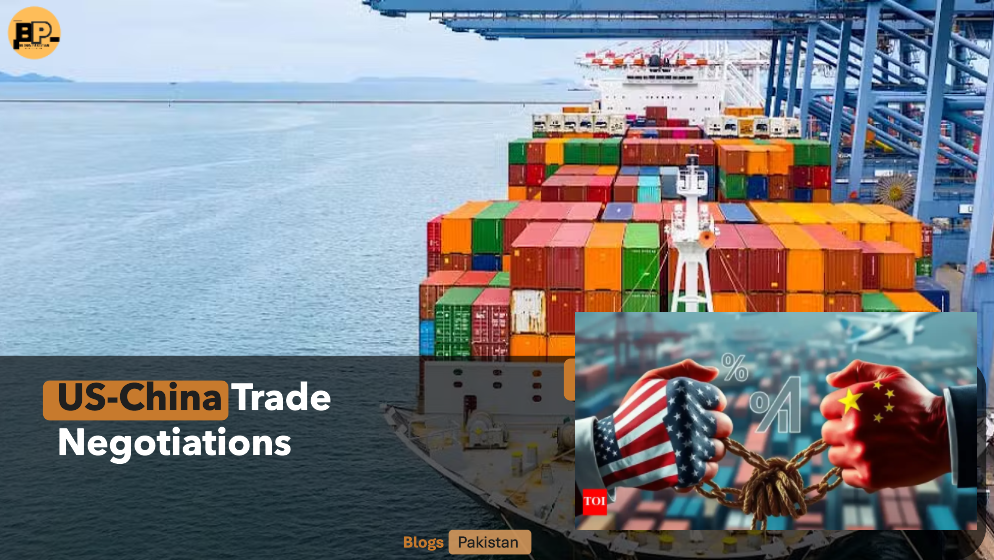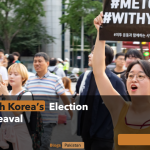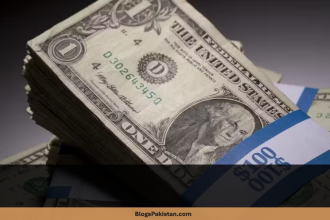As U.S. and Chinese officials prepare for critical trade talks in Geneva, former President Donald Trump’s unexpected suggestion of an 80% tariff on Chinese goods has reignited debates over the future of global commerce. With tensions simmering and markets on edge, this high-stakes meeting could determine whether the world’s two largest economies escalate their trade war—or find a fragile truce.
The Tariff Tango: Trump’s 80% Proposal Shakes Up Geneva Talks
In a late-night social media post, Trump floated an 80% tariff on Chinese imports, a stark shift from the 145% levies currently imposed. While the figure appears to signal flexibility, experts warn it’s still a seismic burden—far exceeding the 60% rate he proposed during his 2024 campaign. White House spokeswoman Karoline Leavitt clarified the number was “thrown out” casually, stressing that reductions hinge on China offering “concessions.”
The ambiguity underscores the Trump administration’s strategy: keep Beijing guessing while projecting strength. For China, however, even an 80% tariff represents what its Foreign Ministry calls “abusive economic tactics,” further straining a relationship already battered by export bans and rare earth restrictions.
Behind Closed Doors: Key Players and Agendas in Geneva
U.S. Treasury Secretary Scott Bessent and trade negotiator Jamieson Greer will face off against Chinese economic czar He Lifeng in what insiders describe as a make-or-break dialogue. Notably, China’s delegation includes a top public security official, signaling that fentanyl—a synthetic opioid linked to thousands of U.S. deaths—is now central to trade discussions.
Fentanyl’s Role in the Trade War
Trump has long tied China’s alleged role in fentanyl trafficking to punitive tariffs, accusing Beijing of failing to curb precursor chemical exports. By embedding narcotics enforcement into trade talks, the U.S. aims to pressure China on multiple fronts. Yet critics argue conflating these issues complicates negotiations, risking deadlock over unrelated demands.
Market Jitters: Investors Brace for More Volatility
Trump’s tariff remarks sent immediate ripples through financial markets. U.S. stocks dipped modestly, while the dollar weakened against major currencies—a reflection of investor anxiety over prolonged trade instability.
Why Tariffs Spook Economists
- Consumer Costs: Analysts warn that 80% tariffs could inflate prices for electronics, apparel, and machinery, reigniting inflation.
- Supply Chain Disruptions: Manufacturers reliant on Chinese imports face delays and shortages, threatening job markets.
- Retaliatory Risks: China’s 125% tariffs on U.S. soybeans and LNG have already squeezed American farmers and energy firms.
“This isn’t just about tariffs—it’s about whether globalization can survive another shock,” said a Wall Street strategist, speaking anonymously due to client sensitivities.
From 145% to 80%: Unpacking Trump’s Tariff Timeline
Trump’s aggressive trade policies have evolved dramatically since his first term:
- 2018-2020: Initial tariffs targeting $370 billion in Chinese goods, citing intellectual property theft.
- 2021-2023: The Biden administration maintained levies but avoided escalation.
- 2024: Trump’s return to office saw tariffs spike to 145%, coupled with export bans on advanced semiconductors.
The proposed 80% rate, while lower, still dwarfs pre-2018 levels. For context, average U.S. tariffs hovered around 3.5% before the trade war.
China’s Countermeasures: Rare Earths and Retaliation
Beijing hasn’t taken Trump’s policies lightly. Key retaliatory moves include:
- Rare Earth Export Curbs: Limiting access to minerals critical for defense tech and EVs.
- Targeted Tariffs: Penalizing U.S. agricultural and energy sectors.
- Domestic Subsidies: Boosting Chinese manufacturers hit by shrinking access to U.S. markets.
Yet these steps come at a cost. Chinese factories report rising bankruptcies, while unemployment in industrial hubs sparks social unrest.
The Swiss Mediator: Can Geneva Forge a Path Forward?
Swiss Vice President Guy Parmelin, hosting the talks, struck an optimistic tone: “If a roadmap emerges, tensions will lower.” He floated ideas like a mutual tariff suspension during negotiations—a potential olive branch.
But with Trump insisting on reciprocity and China decrying “bullying,” compromise remains elusive. Key sticking points include:
- Market Access: Trump demands China open sectors like tech and finance to U.S. firms.
- Fentanyl Enforcement: The U.S. seeks verifiable action against drug traffickers.
- Subsidy Transparency: Washington wants clarity on China’s state-backed industrial subsidies.
Political Calculus: Trump’s Balancing Act Ahead of Elections
With U.S. approval ratings slipping over trade turmoil, Trump faces pressure to ease economic pain without appearing soft on China. His 80% trial balloon may aim to:
- Appeal to Base: Maintain his “tough on China” image.
- Soothe Voters: Signal potential relief for consumers.
- Pressure Beijing: Force concessions ahead of November’s election.
Yet the gamble carries risks. As National Economic Council Director Kevin Hassett noted, “Collegiality” in Geneva doesn’t guarantee progress.
Global Implications: A Fragmented Trade Ecosystem
Beyond bilateral tensions, the U.S.-China standoff threatens to fragment global trade into competing blocs. Nations like Canada and Mexico—hit by Trump’s earlier tariffs—are diversifying supply chains, while the EU scrambles to avoid collateral damage.
Emerging economies, meanwhile, face a dilemma: align with U.S. tech restrictions or risk losing Chinese investment.
Voices from the Ground: Farmers, Factories, and Families
- Iowa Soybean Grower: “China’s tariffs killed our margins. Even 80% won’t fix that.”
- Shenzhen Tech Worker: “Our orders from the U.S. dropped 60% this year. Layoffs are coming.”
- Ohio Consumer: “Why are we paying more for shoes and phones? This isn’t helping anyone.”
What’s Next? Scenarios for the Geneva Talks
- Breakthrough: Mutual tariff rollbacks and a fentanyl cooperation pact.
- Stalemate: Talks adjourn with vague promises, leaving tariffs intact.
- Escalation: New U.S. restrictions prompt Chinese sanctions on U.S. tech firms.
As Swiss officials hint talks could stretch into Monday, the world waits to see if diplomacy can outweigh discord.
Final Thought: While the Geneva meeting offers a glimmer of hope, the U.S. and China remain locked in a high-risk game of economic brinkmanship. Whether Trump’s 80% tariff idea becomes a bargaining chip or a breaking point will shape global trade for decades.










